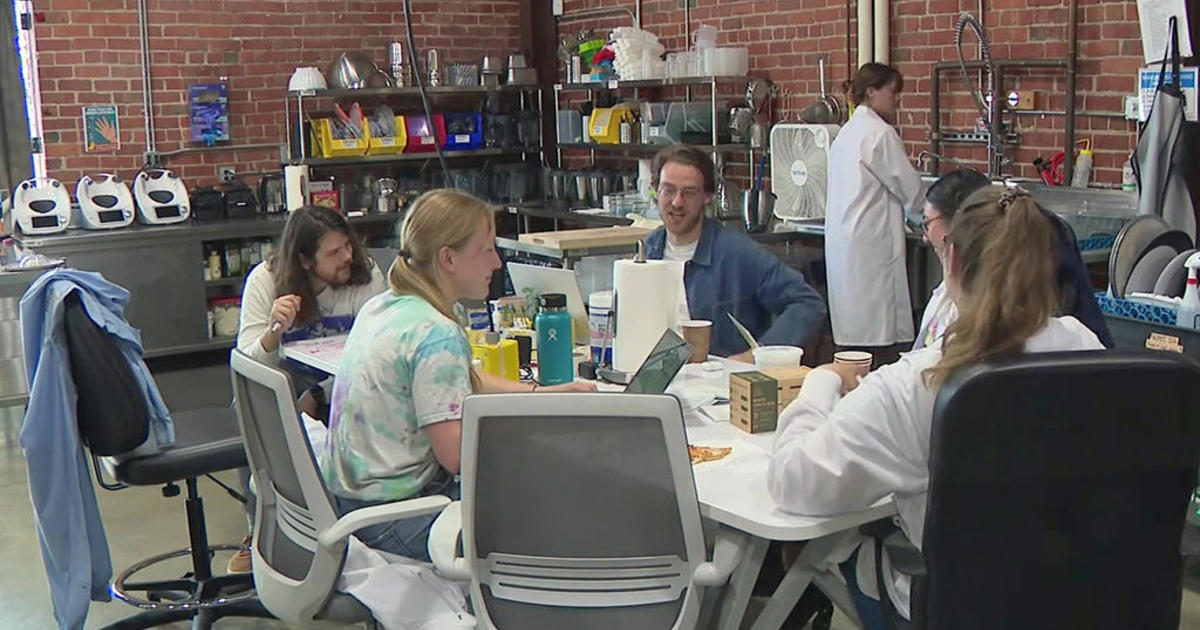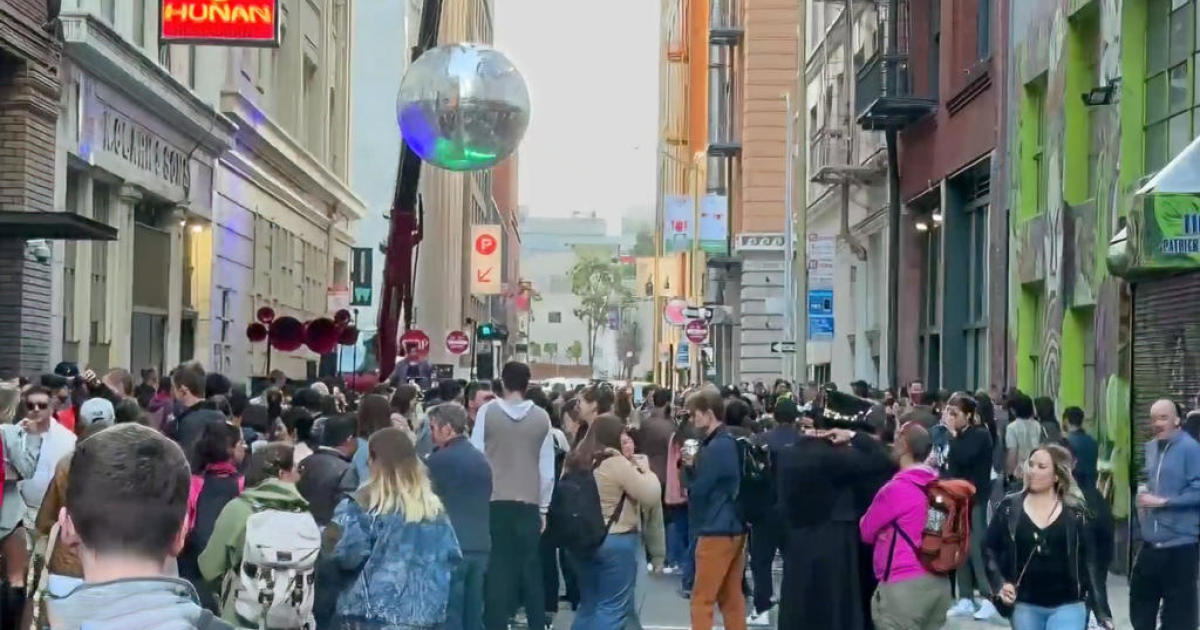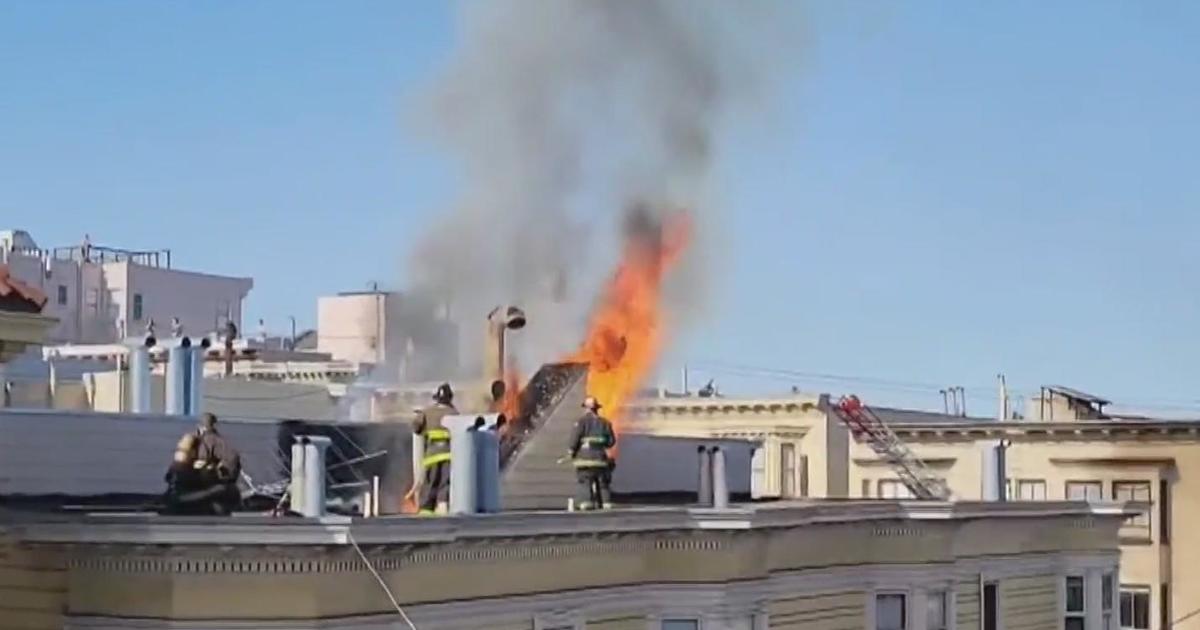Chicken Processed In China May Begin Showing Up In U.S.
SAN FRANCISCO (KPIX 5) - As soon as next summer, nuggets and other popular chicken products could be made with chicken processed in China, thanks to a recent change in regulations.
"Oh, it makes me a little nervous," said mother Katrina Lee.
American consumers are likely aware that China has a long history of serving up unsafe food, including the industrial chemical melamine that was deliberately put in pet food and infant formula, as well as farm-raised seafood that was contaminated with illegal chemicals and food additives. There were even cases of tainted rat meat passed off as lamb.
"People have a right to be really suspicious of it," said Dr. Marion Nestle.
Dr. Nestle is a Paulette Goddard Professor in the Department of Nutrition, Food Studies and Public Health at New York University, and author of several popular books on food politics and food safety. She also wrote a book on the huge pet food recall in the U.S. that was linked to the melamine scandal in China. The tainted pet food killed and sickened numerous pet dogs and cats.
Dr. Nestle explained how food production in China is very different than what we have here in the United States, stating that China is not nearly as industrialized.
"Roughly 80 to 90% of the food that's produced in China is done in small backyard operations," said Dr. Nestle. She said it is very difficult for China to develop a food safety system that includes all these very tiny producers scattered thousands and thousands of miles.
The problem appears to be ongoing: the U.S. FDA recently tied the deaths of nearly 600 dogs and cat to chicken jerky treats from China.
That concerns Tony Corbo, a senior lobbyist for the food campaign at Food and Water Watch in Washington DC.
Food and Water Watch is a nongovernmental organization and consumer rights group which focuses on corporate and government accountability related to food, water and fishing.
"The FDA can't figure out how these dogs are getting ill, but as far as I'm concerned, this is the dog in the coal mine," said Corbo.
Corbo is a critic of a new rule issued by the USDA. The rule grants China "equivalency status" for poultry products: that means China's chicken processors can export poultry to the U.S.
The Food Safety and Inspection Service under the USDA, also known as the FSIS, audited four poultry processors in China, and determined that the country's poultry processing system is equivalent to that of the United States. The USDA says that poultry in China will be produced under similar food safety standards and conditions as U.S. processed poultry.
However, Corbo is not happy. "We think this is premature," he said, citing China's numerous food safety problems.
The new rule (.pdf) specifies that China poultry processors can not use any birds that originate in China.
They can only use poultry that's raised and slaughtered in USDA approved countries, like the U.S., Chile, and Canada.
And when China exports these birds to the U.S., they have to be fully cooked. Not only that, all poultry products will be subject to inspection at the U.S. ports of entry.
"The FSIS has assured us, and reassured us that they are fully committed to protecting the nation's food supply, and if China begins exporting processed chicken products to the United States, all food safety steps will be taken as if the products were processed in the United States," said Tom Super with the National Chicken Council.
"If it's cooked, it should be perfectly safe," explained Bill Mattos, President of the California Poultry Foundation. Mattos represents the poultry meat industry in California and the West Coast.
Mattos said there could be some U.S. companies selling chicken to China that finds it way back to the U.S. cooked, but that in California, California poultry pretty much stays in the state.
"We have more demand that we have chicken," said Mattos, "and we're not going to be selling chicken to China at a cheap price because it doesn't make sense,"
Mattos brings up a good point: even with cheaper Chinese Labor, how is it economically feasible to ship raw poultry nearly 6,000 miles all the way to China, then back, just in order to cook it?
Some believe it's about hatching much bigger deals.
"We believe the USDA cut corners in this instance due to trade concerns," said Corbo.
The new rule puts an end to a long and contentious trade war with China over poultry. In return, the move creates good will between the countries. The hope is that it will open a lot more doors for American-grown food to be sold in China.
"This is really a big deal for trade. If China likes what we're doing, they'll buy more products and China has a lot more people," said Mattos. He added if any consumer is concerned about processed poultry coming from China, they can stick to buying raw California chicken.
How much poultry will be sent to China for processing and cooking to then be re-exported to the U.S? American Poultry Producers believe the amount will be miniscule if any. To date, Foster Farms, Tyson and Perdue told KPIX News that they have no plans to participate in the program.
But critics warn processed poultry could end up as an ingredient in pot pies, chicken noodle soup - or in breaded meats like Chicken nuggets - and consumers won't know it.
Processed meat that's repackaged, used as an ingredient or in a breaded product does not have to disclose the country on its label. These uses are exempt from Country of Origin Labeling Laws.
"I want to know if this is United States chicken that's been processed in the U.S. I would like to know that. I would make some decision about whether I thought it was safe or not," said Dr. Nestle. She wants to be shown evidence that this is good for American consumers.
The USDA performs increased inspection for countries that are just beginning to export to the U.S. That makes Katrina Lee feel a little better, but still, she too would like to know if the meat used in any food she serves her kids comes from China.
"It should be on the label," said Lee, adding how she might not serve as many processed foods if she won't know where the meat came from.
Last year, China sent more than 4 billion pounds of food to the United States, including 80 percent of the Tilapia we eat, 50% of the apple juice we drink, and 30% of the garlic we use.
Now, processed chicken may be coming our way as well.
U.S.D.A inspectors won't be stationed at any Chinese plant that's processing poultry for export to the U.S but the U.S. will perform periodic reviews.
As for what's next? The People's Republic for China must provide the USDA with the list of poultry processing establishments that the PRC certifies as meeting all the requirements. To date, no names have been provided.
(Copyright 2013 by CBS San Francisco. All rights reserved. This material may not be published, broadcast, rewritten or redistributed.)



